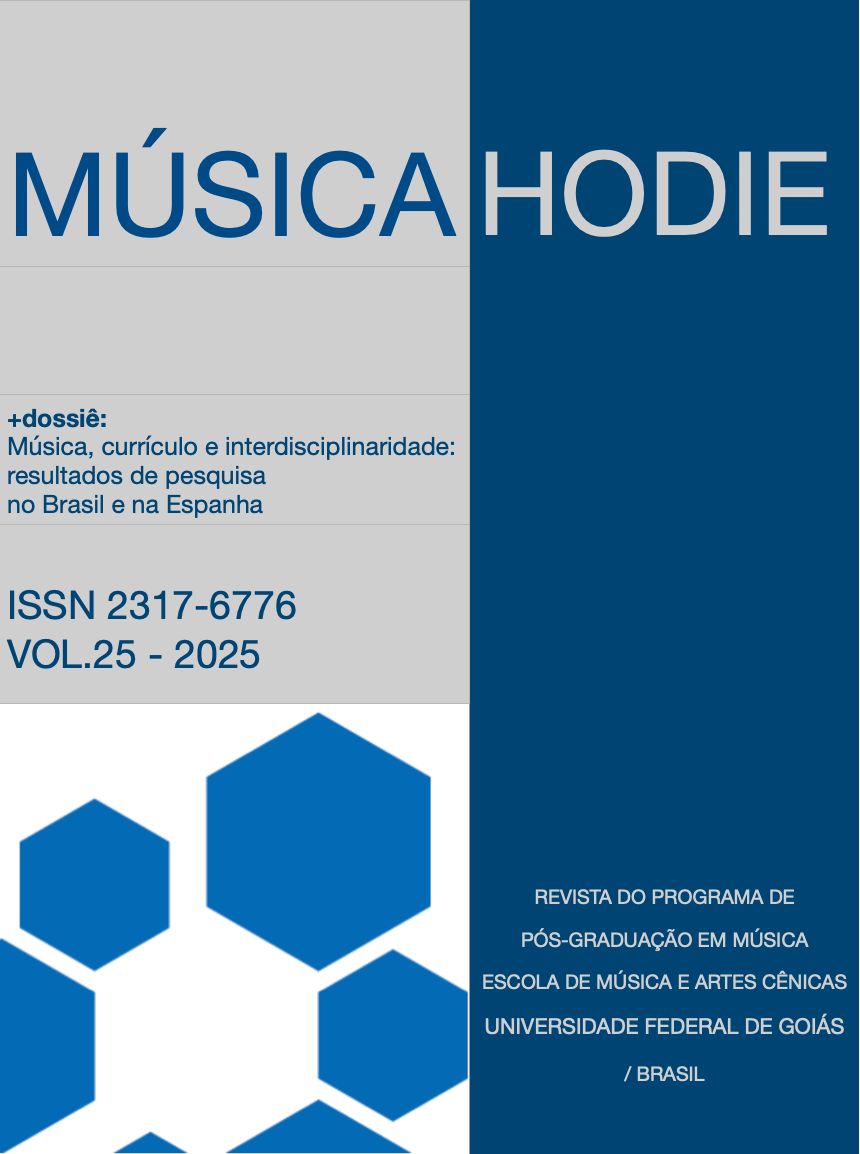Localization of auditory sources spatialized in virtual environments
DOI:
https://doi.org/10.5216/mh.v25.81442Keywords:
audition, perception, psychoacoustics, Auditory perception, virtual realityAbstract
This study aims to investigate the correlation between the spatial location of virtual sound sources, as simulated by the freely available plug-in Facebook Spatial Workstation 360, and the perceived location by a group of listeners. Although sound spatialization techniques based on sound source simulation are widely utilized in the field of music, few studies have systematically evaluated their perceptual effectiveness, and limitations remain unexplored. Therefore, this study seeks to obtain psychoacoustic experiment-based data that would not only improve digital sound spatialization techniques but also facilitate a better understanding of the limits of perception associated with them. To achieve this objective, three experiments were designed, each focusing on a single variable (i.e., azimuth, elevation, and distance). The findings of this study suggest that the plugin effectively simulates the acoustic environment similarly to what has been reported in previous studies using non-individualized HRTFs, meaning it manages to emulate angular origin in azimuth and auditory distance to a considerable extent, while failing to emulate the elevation of sound sources. Additionally, our results showed a high rate of front-back and back-front confusions.















